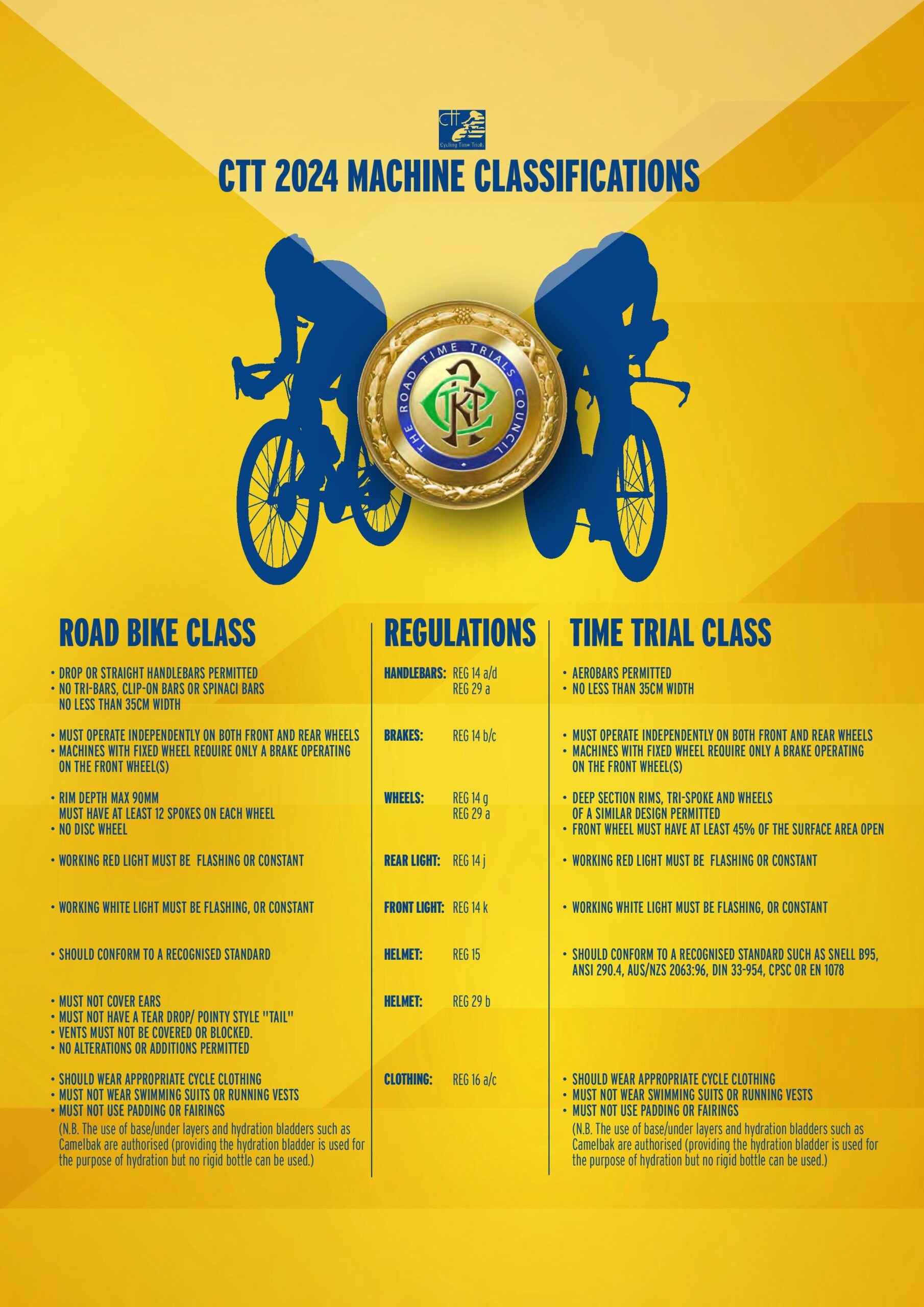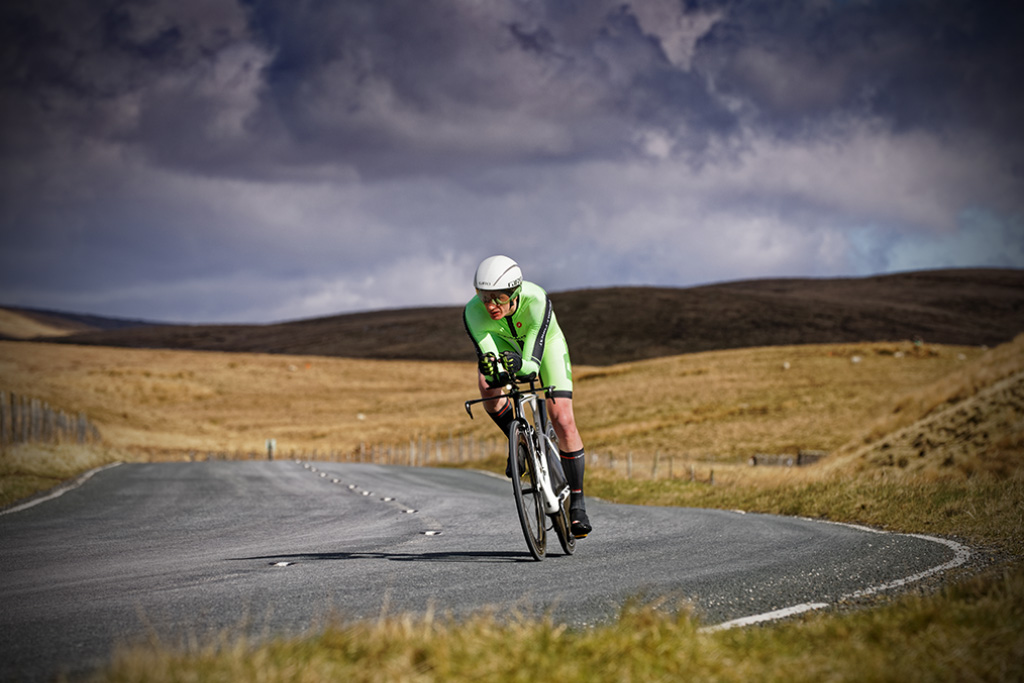Pendle Forest has an active time trial team. As well as competing, we promote two open events each year, the Circuit of Ingleborough, a Levens 10 and we also run an evening time trial series on alternate Thursdays during the summer months.
What is a Time Trial?
Riders compete against the clock rather than direcly racing against each other. From a designated start point riders start at one minute intervals under the direction of the start timekeeper. Taking pace or drafting is not allowed and on the occasions when one rider overtakes another, the onus is on the overtaken rider to allow a suitable gap to form. The time trial ends when the rider passes the finish time keeper.
Types of Time Trial
There are two types ‘open’ and ‘club’. Open events are the more formal. They need to be entered in advance and acceptance to ride is based on the rider’s recent performances in similar events. A startsheet is published before the event listing all the riders who will compete together with their respective start times. Performances in open events often count in national competitions and national records.
For a club event, you can just turn up and ride, otherwise the format is the same as an open event. Club events are a great way to get into time trialling.
Who can ride a Time Trial?
To ride you need to be a member of a cycling club affiliated to the governing body of time trialling, Cycling Time Trials, usually referred to as the CTT. There is a minimum age of 12 years for events held on the public highway*.
To ride an open event, you will usually have to have experience of similar events before being accepted. Many clubs, Pendle Forest included, allow inexperienced riders to compete in their club events on a ‘try it’ basis. If you would like to try one of ours, please contact us.
*Riders under the age of 18 need to have a consent form completed by a parent or guardian and submit it to the race secretary on the day of the event.
What sort of bike do I need?
The top riders use time trial bikes that are optimised for aerodynamic performance. Though essential for achieving the fastest times, they are not a requirement for competing and an ordinary road bike is perfectly acceptable. Increasing numbers of events now include a separate category for road bikes so that riders without a dedicated time trial machine can compete on a similar basis.
For all events a protective helmet and working front and rear lights are manditory.
What distances are involved?
Time trials fall broadly into three categories: standard distances or times, non-standard distances and hill climbs.
Standard Distance
The standard distances are 10miles, 25miles, 30miles, 50miles and 100miles. Each year there a numerous events around the country featuring them. In addition each year has a designated National Championship event for each distance.
These the ride is of a fixed duration and the result is based on the distance covered. The standard times are the 12 hour and the 24 hour. These also have a National Championship event.
Non-standard distance
Also referred to as SpoCo (Sporting Course), these tend to be hilly and often technically challenging. Distances very but are usually between 10 and 50 miles. In the North district, there is an annual points based competition overseen by the NLTTA.
Hill Climb
Hill climbs are typically short, steep and brutal! They fall broadly into two categories: the ‘classic’ or ‘straight’ hill climb, typically with an average gradient of around 10% and a distance of under one mile, and the ‘roadmans’, typically a shallow gradient of around 5% and a distance of 2 miles or more.
For 2023, the National Championship Hill climb will use the Struggle in Ambleside. This combines the steepness of the classic climb with the length of thre roadmans – a tremendous challenge. It is promoted by Lakes Road Club & Barrow Central Wheelers and there will be separate events for women, juniors and men.
Bike Regulations
The requirements for bikes in CTT events are governed by Regulation 14 ‘Competitor’s Machine’. The CTT has also provided a handy summary, sufficient for most purposes, reproduced here. This is an uncontrolled version, correct for 2024. Updates will be placed on the CTT website.


